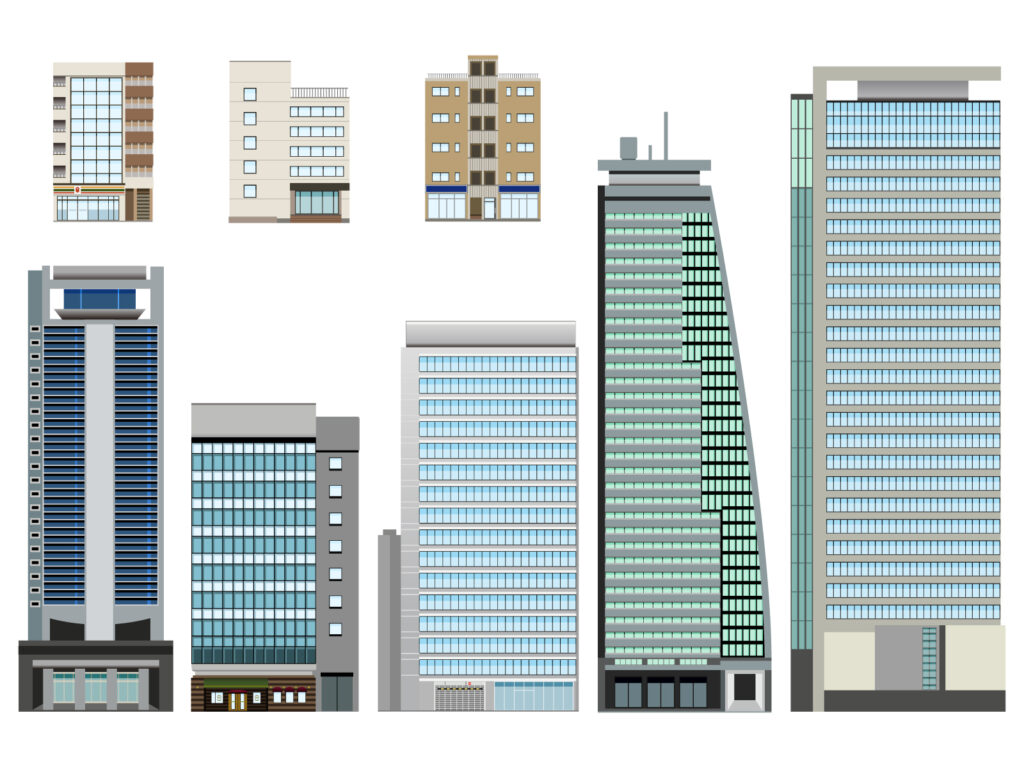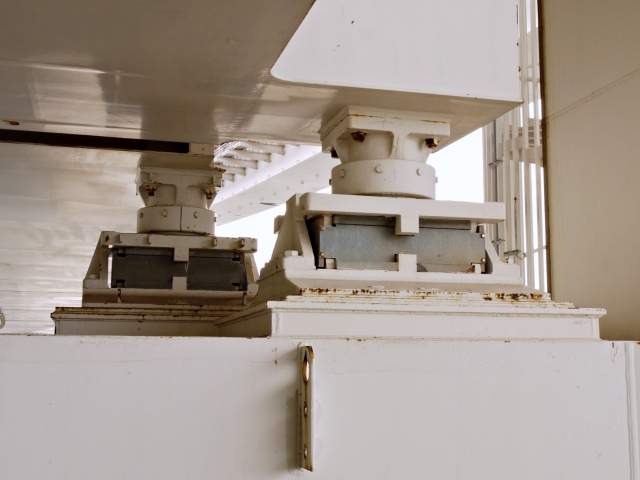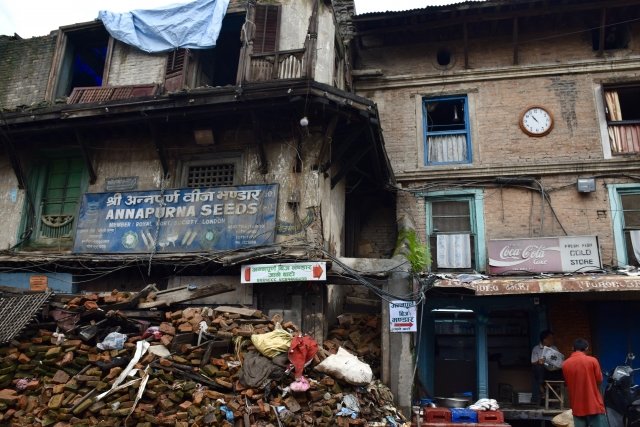
When an earthquake strikes, the difference between survival and tragedy often comes down to building safety. While we cannot prevent earthquakes, we can reduce their impact on human life through proper seismic design, adherence to building standards, and indoor preparedness.
Understanding the Difference That Saves Lives
What Is Seismic Design?
Seismic design refers to the engineering principles and strategies applied to ensure a structure can resist earthquake forces. Engineers analyze.

The goal is not necessarily to make a building “earthquake-proof” but to make it earthquake-resistant—able to protect lives and maintain essential functions even after severe shaking.
What Are Building Standards?
Building standards, or building codes, are legal regulations established by governments or local authorities. They set minimum requirements for construction, such as:

In seismic regions, these standards also include earthquake safety provisions. However, standards represent the minimum acceptable level of safety, not the maximum.
The key distinction is that seismic design evolves with science and technology, while building standards often lag behind due to political, economic, or administrative delays.

This gap can be life-threatening. A structure built legally in the 1980s might still stand today—but would it perform well against a modern JMA Seismic Intesity Scale 7 or magnitude 7 or 8 quake? Not necessarily.

Outdated building standards can leave structures vulnerable during major quakes. In contrast, buildings engineered with modern seismic techniques are more likely to protect lives. Historical data shows that communities enforcing up-to-date seismic codes experience fewer injuries and less property damage.
Seismic design protects lives. Building codes only set the minimum.